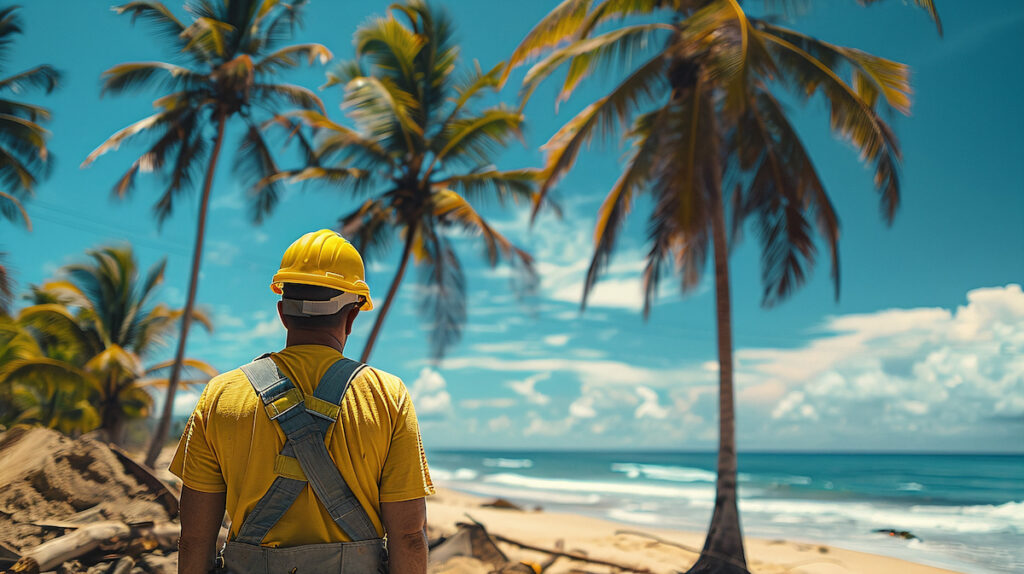Construction injury lawsuits result from injuries sustained on construction sites. These cases can be complicated, involving multiple parties and regulatory standards. Evidence and expert testimony are often needed to establish liability and secure fair compensation.
There can be variety of construction incidents that need further investigation.
The improper assembly of scaffolding or elevated platforms can lead to serious accidents and injuries on construction sites.
May occur due to a failure to properly maintain equipment or because of operator error.
A lack of proper safety equipment required for the construction site increases the risk of accidents and harm to workers.
Providing inadequate training to the construction crew can result in unsafe practices and preventable injuries.
Failing to adhere to safety standards established by OSHA or other regulators.

Specific legal criteria must be met to have a construction injury lawsuit, including:
The plaintiff must establish that the defendant owed a duty of care to prevent a safe working environment, which could be owed by employers, general contractors, subcontractors, or equipment manufacturers.
The plaintiff must prove that the defendant breached this duty through negligence or failure to adhere to safety regulations.
The plaintiff must establish a direct link between the defendant’s breach of duty and the injury sustained.
The plaintiff must provide evidence of the injury and damages suffered. This includes medical records, proof of lost wages, and documentation of the injury’s impact on the plaintiff’s life.
The statute of limitations is the length of time you have to file a lawsuit after an injury. It can vary by state, but in Hawaii, you have two years after the date of damages sustained by the construction injury to file a lawsuit. There may be some exceptions to the statute of limitations if the full extent of the injuries or damage is discovered at a later date.
In construction injury cases, clients may be eligible to recover multiple types of damages, including:
This includes current and future medical expenses and lost wages, including future earnings from a long-term or permanent disability.
This includes compensation for the physical pain and emotional suffering, and loss of enjoyment of life due to the injuries.
If a case is particularly egregious or malicious, punitive damages may be awarded to punish the defendant and deter similar behavior. These damages are less common and require proof of intentional misconduct or gross negligence.

A lawsuit cannot reverse your injuries. However, the legal process can help you find justice and heal while ensuring you are financially sound in the future. After an initial consultation, our experienced team will provide an honest assessment of whether your case has merit. If we can help, we assess all the evidence so you can receive fair compensation for the full extent of your injury.
Find quick answers to common questions about preparing for a construction injury consultation.
In Hawaii, you have two years after the date of the injury or accident to file a claim. There may be some exceptions to the statute of limitations if the extent of your injuries or damage was not immediately known.
If your worker’s compensation payment does not cover the full cost of your damages, you can file a separate lawsuit. This includes all current and future medical bills, lost wages, future reduced earning potential, and non-economic damages such as pain and suffering.
We will research all OSHA regulations that may have been violated in your injury and leverage expert testimony if needed to further support the lack of compliance. If OSHA standards were violated, this can substantially strengthen your case.
Yes, if the equipment malfunctioned as a result of manufacturer negligence, you may have a valid case against the equipment manufacturer. You may also be eligible to file a lawsuit against other contractors involved beyond your employer. We can help identify all potentially liable parties.